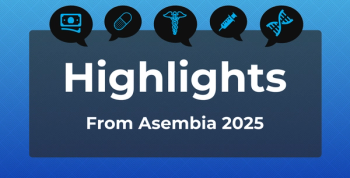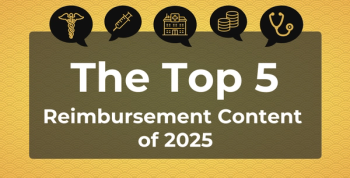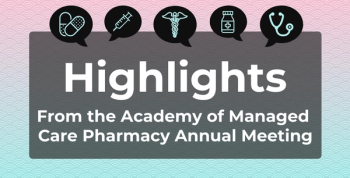
CMMI Puts Early EOM Data Online, to Surprise of Participants
Key Takeaways
- The EOM data release includes detailed competitive information about oncology practices, causing concern among participants.
- The EOM, launched in July 2023, follows the OCM and aims to reward practices for outcomes-based measures and financial savings.
Under the second Trump administration, CMMI has published far more detail about peformance of Enhancing Oncology Model participants than under an earlier model, which spanned the administrations of 3 presidents.
Early data from the Enhancing Oncology Model (EOM), a voluntary value-based cancer care program within Medicare, were posted online this week with far more detail than has ever been made available to the public—much to the dismay of some participants.
After learning of the posting, The American Journal of Managed Care® (AJMC) was able to find the spreadsheet, which lists EOM participants, including those that have withdrawn from the model and their dates of departure. The spreadsheet lists granular data points about individual oncology practices, which were not disclosed under a Medicare value-based model that preceded the EOM and had a similar design.
Many of the items on the spreadsheet could be considered competitive information. The data include which level of risk a practice selected, which would affect both its potential performance payment as well as its need to take part in a separate reporting framework, the Merit-based Incentive Payment System (MIPS).
AJMC has been told that several practice leaders plan to correspond with CMS and the Center for Medicare and Medicaid Innovation about the data release.
The EOM, which launched July 1, 2023, is the successor to the Oncology Care Model (OCM), one of the best-known alternative payment models set up under the 2015 law designed to transform Medicare payment from a system based on volume to one based on value. It’s been easier said than done, although many elements of the OCM—such as encouraging practices to keep patients out of the hospital—are considered successful. The OCM ran from 2016 to 2022, spanning the end of the Obama administration through the first Trump administration and into Joe Biden's sole term.
Like the OCM, the EOM is designed to reward practices for meeting a series of outcomes-based measures while also achieving savings based on a preset financial benchmark. While the potential rewards in the EOM are greater, the targets under the EOM are more challenging to achieve. In addition, the program focuses on 7 common cancers instead of most cancers. Thus, a practice may need to redesign its delivery system with EOM patients in mind, even though many Medicare patients will not be part of the program. For these reasons and others, fewer practices signed on to the EOM than were enrolled in the OCM.
During the OCM years, oncology networks or individual practices often publicized whether they received a performance-based payment or how much savings was achieved for Medicare. A
This spring, both The US Oncology Network and the American Oncology Network (AON) released topline data on their results from performance period 1, which included patient episodes that concluded as late as June 29, 2024. The US Oncology Network reported
Trump's second administration has been marked by the release of large amounts of information previously considered proprietary. In July, the FDA published 200 complete response letters sent between 2020 and 2024 to pharmaceutical companies after their drug applications were not initially granted, with portions redacted. All drugs were later approved.
Newsletter
Stay ahead of policy, cost, and value—subscribe to AJMC for expert insights at the intersection of clinical care and health economics.







































